Loch Lomond and the Trossachs National Park, Scotland’s first national park, occupies a beautiful swath of the central highlands north of Glasgow and Stirling. The park is suitably famous for Loch Lomond, but a host of other lochs rest among the hills in the park’s eastern reaches. Loch Katrine, Loch Earn, and Loch Voil, among several others glitter in quiet, forested vales, and Loch Voil is of particular interest for today’s post. The village of Balquhidder nestles in Glen Voil, and it’s here that the famous MacGregor chieftain Rob Roy is buried.
Rob Roy MacGregor was a complex figure who lived during the late 17th and early 18th centuries, and he was intimately connected to the Jacobite uprisings of the time. The history of the MacGregors and their connection to the central highlands goes back to the 1500s, however, when they were driven from their ancestral lands in Argyll by the Campbells. The MacGregors journeyed to Balquhidder and the eastern section of the modern-day national park where they engaged in several battles with the MacLarens who called this land home. The MacGregors eventually murdered 18 MacLaren families — what amounts to an act of genocide — and took over their land. There were no immediate repercussions against the MacGregors for this heinous act, but it was held against them when James VI later declared the entire clan outlaws. In fact, it was a capital offense to even carry the name MacGregor.
This was the political climate Rob Roy was born into nearly 70 years later at Glengyle, at the head of Loch Katrine. Perhaps it’s no surprise that at age 18 Rob Roy and his father joined the Jacobite rising of 1689 led by Viscount Dundee. Rob’s father never recovered from that battle, but Rob Roy continued fighting for the Jacobites through the infamous 1715 uprising. In fact, all those who fought against the crown except Rob Roy and Clan Gregor were pardoned for their insurrection. He later fought at the Battle of Glen Shiel in 1719, supported by the Spanish, against the crown and allied Highlanders, as Britain ramped up to the second major Jacobite uprising.
Rob Roy’s life might have cooled down somewhat after these losses. It’s believed he return to Balquhidder in the 1720s and became a respected cattleman. Unfortunately, he was swindled out of a large sum of borrowed money that landed him in prison and his family branded as outlaws once more. He might’ve languished for five years in prison before he was pardoned and allowed to spend the rest of his life here in Balquhidder. Rob Roy MacGregor is remembered as an outlaw, folk hero, and warrior. He died at the age of 63 following wounds suffered in a duel with Clan MacLaren.
I found myself in Balquhidder on a late February evening. A gorgeous sunset flashed gold across the hills and Balquhidder Kirk. The quiet glen was only disturbed by the herd of sheep trundling through the graveyard, and I followed them to Loch Voil which possessed a mystical feeling that moment. Glen Voil’s history dates back 4,000 years and the Celts considered this place to be a “thin space,” a location where the veil between the worlds was immaterial. Remnants of a Neolithic temple here date back 1,800 years.
Balquhidder Kirk overlooks the grave site. It was built in 1631 by David Murray, Lord Scone, on the site of a pre-Reformation chapel. The attractive stone bastion, like so many of Scotland’s historic buildings, feels at home in the highland countryside. Christianity arrived to Balquhidder in the 500s AD probably with St. Angus who is buried in the ruins of the old church.
Balquhidder is an ideal stop on any route between Stirling/Edinburgh and Perthshire or the west highlands. The eastern section of Loch Lomond and the Trossachs national park is extremely pretty and less traveled than the A82 that runs along Loch Lomond’s western banks. Do yourself a favor and journey into Balquhidder, find the grave of one of Scotland’s most notorious outlaws and well-loved folk heroes, and commune with the beauty of Glen Voil.

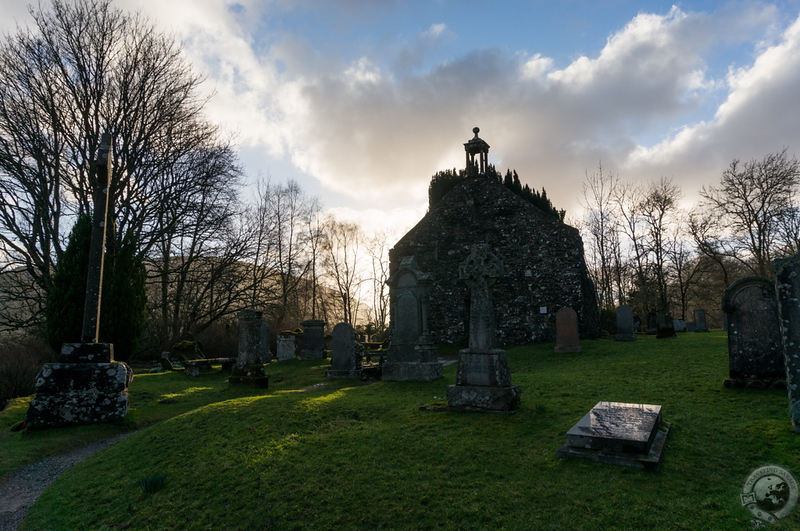
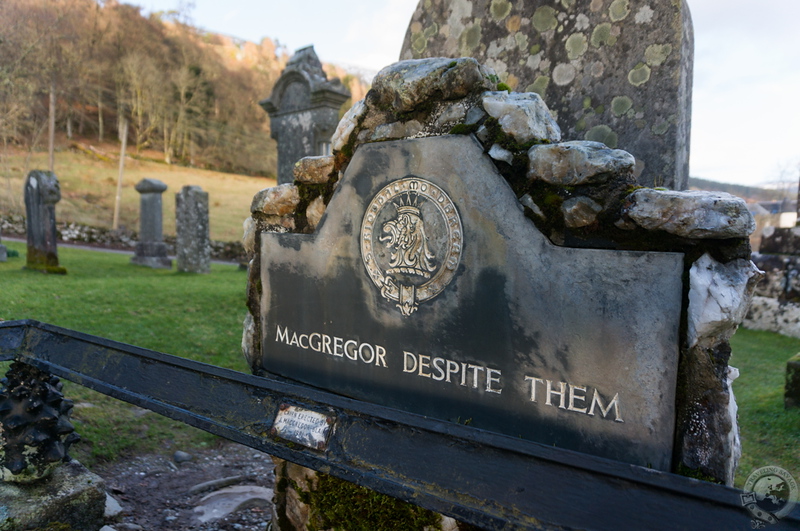
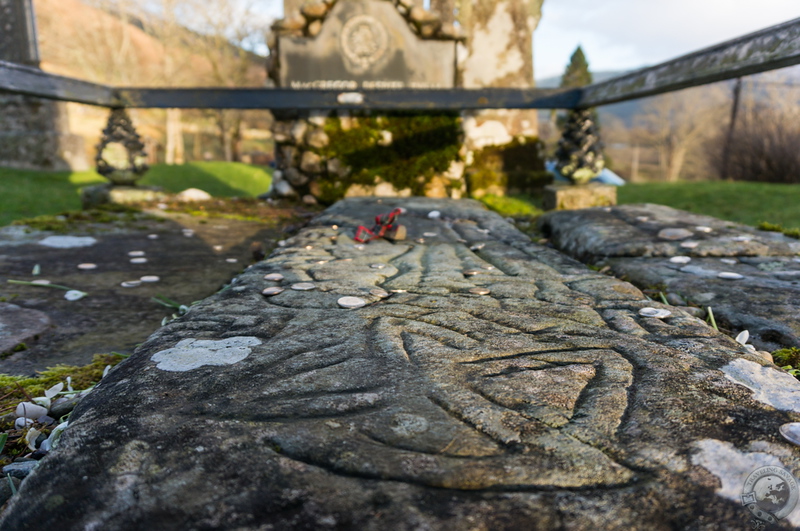
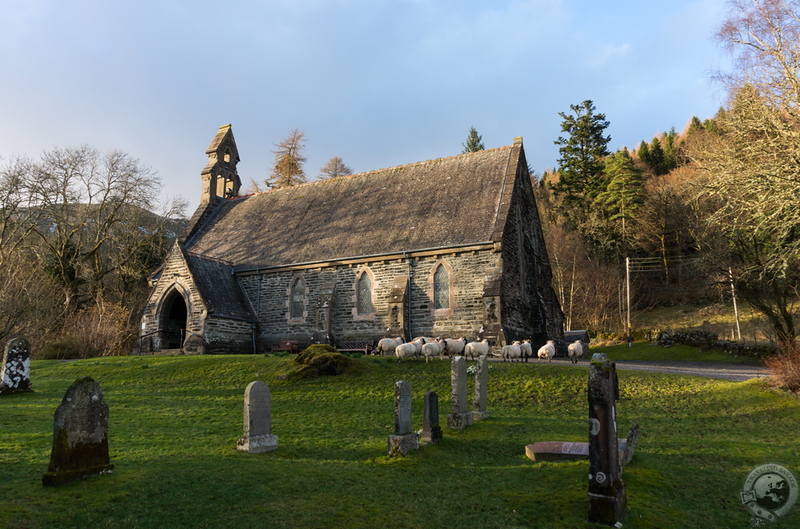
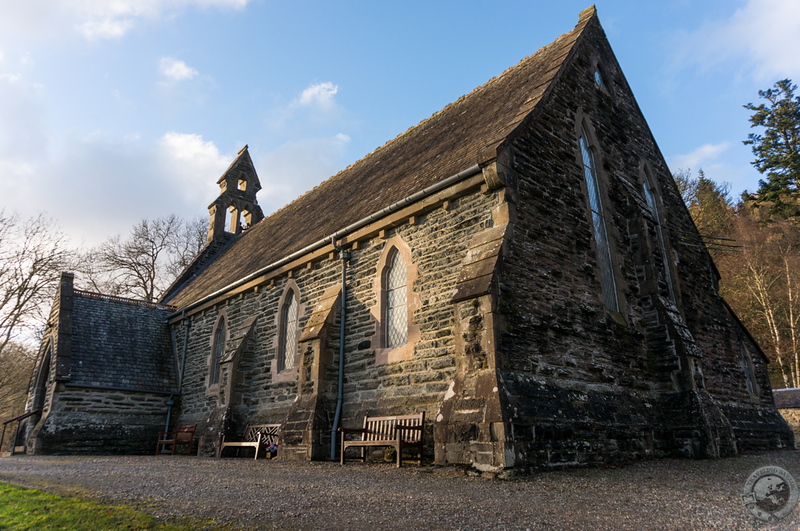
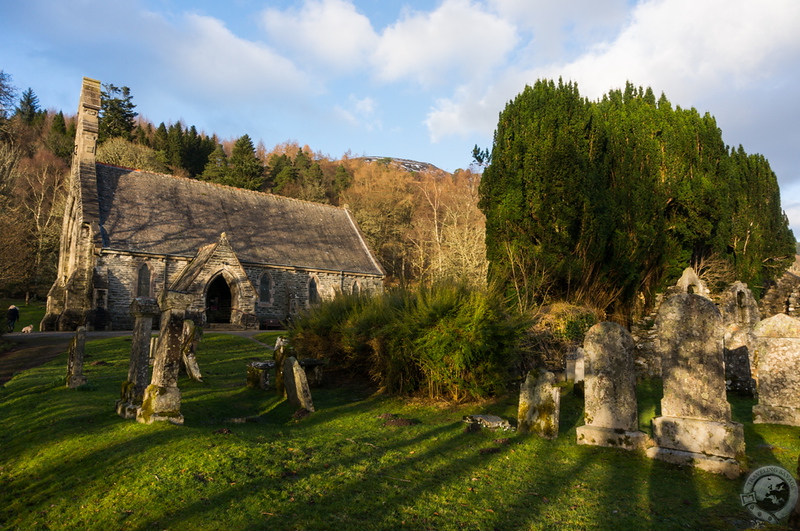
Hi Keith,
Thanks for the beautiful photos and the history lesson! We did not get to spend any time in this area on our trip, but the more I learn about it, the more appealing it becomes. Please keep posting about all of these less traveled and mystical places.
On a side note, I must tell you The Murray has become our favorite whisky. Thanks for that, too!
Best,
Joanie
It’s my pleasure, Joanie. Thanks again for reading! My buddy Jeff recently picked up a bottle of The Murray while in Chicago and I’m eager to have another taste 😉
It was a big hit at our Burns Supper!